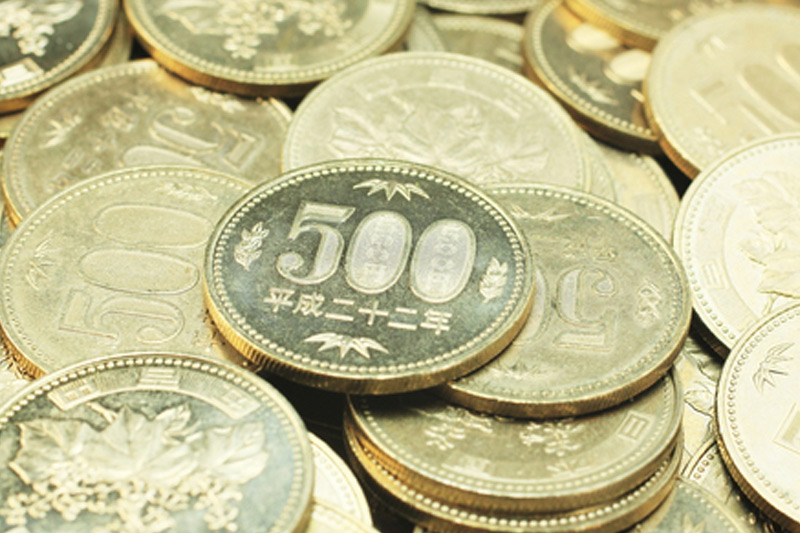Yen Weakens as Bank of Japan Maintains Ultra-Low Rates
Disappointing Tweaks to Yield Control Policy
The yen weakened on Tuesday as the Bank of Japan (BOJ) decided to maintain ultra-low interest rates but made only minor adjustments to its bond yield control policy. This move disappointed speculators who were expecting more significant changes in response to ongoing price pressures.
BOJ’s Modified Approach to Yield Curve Control (YCC)
During its two-day policy meeting, the BOJ announced that it would continue to target a 10-year government bond yield of around 0% as part of its yield curve control (YCC) strategy. However, the central bank redefined the previous cap of 1.0% as a more flexible “upper bound” rather than a strict limit. Additionally, the BOJ removed its commitment to defend this level by purchasing an unlimited amount of bonds.
Yen Slides Against Dollar and Euro
Despite the minor adjustments made by the BOJ, the yen still experienced a nearly 0.7% decline against the dollar, surpassing the 150 per dollar mark and reaching an intraday low of 150.12. The currency later recovered slightly to stand at 149.95. Similarly, the euro rose approximately 0.5% against the yen following the BOJ’s decision, with the single currency trading at 158.87 yen.
Market Interpretation and Outlook
Jeff Ng, head of Asia macro strategy at SMBC, commented on the BOJ’s decision, stating that it indicated a gradual progression towards YCC removal and increased flexibility in response to elevated global yields. He suggested that market expectations may have been higher, leading to a sell-off after the announcement.
Strong Dollar Supported by Potential Rate Hike
The US dollar saw broad gains, with the dollar index up 0.22% at 106.39. Analysts attribute the dollar’s strength to the possibility of another rate hike by the Federal Reserve. Despite a relatively stagnant month, the dollar remains supported by the resilience of the US economy.
Euro and Sterling Face Challenges
The euro is on track to reverse two consecutive months of losses, recording a slight 0.2% gain for October. However, it is still 0.18% lower against the dollar at $1.0595. In Germany, inflation eased noticeably in October, while the country’s economy contracted slightly in the third quarter. Meanwhile, sterling fell 0.18% to $1.2146 and may experience a 0.5% monthly loss. The Bank of England is expected to maintain its current interest rates in its upcoming decision.
Australian and New Zealand Dollars Weaken
The Australian dollar slid 0.35% to $0.6351, facing a monthly loss of over 1%. Similarly, the New Zealand dollar lost 0.22% to stand at $0.5831, with a nearly 3% decline for October. These currencies are pressured by global risk sentiment and a lower-than-expected domestic inflation reading, reducing the likelihood of another rate hike.
Overall, the yen weakened after the BOJ’s decision to maintain ultra-low rates but make only minor adjustments to its yield control policy. The dollar remained strong due to expectations of another rate hike by the Federal Reserve. The euro and sterling faced challenges, while the Australian and New Zealand dollars weakened due to global risk sentiment and domestic economic factors.



